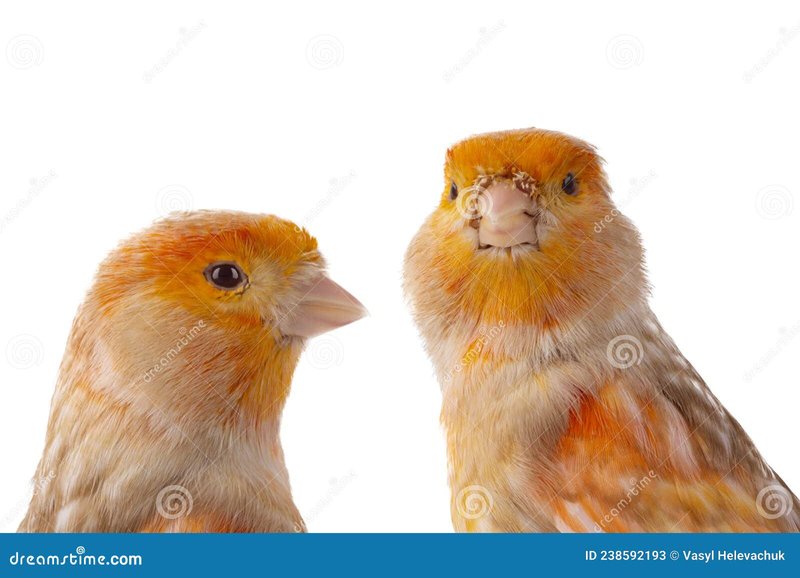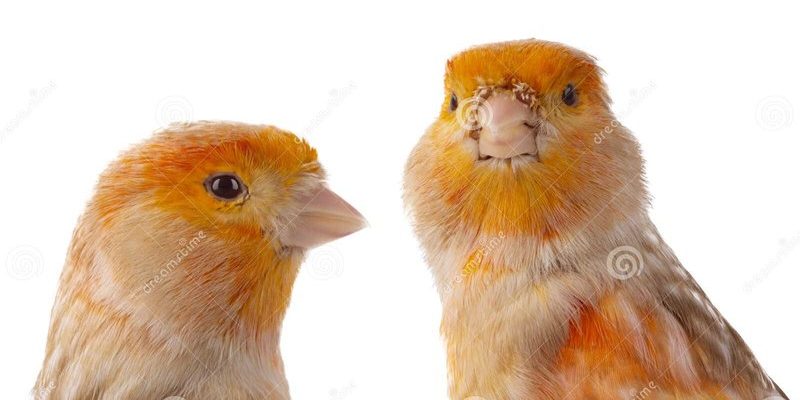
Imagine being in a cozy café, chatting with a friend over coffee. This is a bit like how canaries experience their world. They’re social creatures at heart, enjoying interaction and stimulating environments. Let’s dive into their social needs, how housing plays a role, and what you can do to ensure your little singing buddy feels right at home.
The Social Nature of Canaries
Canaries are naturally social birds, often found in flocks in the wild. In their natural habitat, they build relationships and communicate through songs and chirps. This social behavior is crucial for their emotional well-being. When kept in isolation, a canary may experience loneliness, leading to stress or depression. Just like us, they thrive on social interaction—even if that means just hearing another canary’s song from a distance.
You might be thinking, “But can’t my canary be happy on its own?” While many canaries can adapt to living solo, they might not reach their full potential for happiness. Here’s the thing: having a buddy can provide mental stimulation and enrich their lives. If you want a happy canary, consider their social needs as a priority rather than a luxury.
Understanding Canaries’ Communication
Canaries communicate through singing, and their songs can express different emotions, from joy to distress. When canaries are kept alone, they might not sing as much, which could be a sign of loneliness or boredom. A lively, social environment can encourage them to chirp happily, creating a comforting backdrop for your home.
If you observe your canary singing frequently, it’s like hearing a happy conversation. But if the singing decreases, it may indicate that your canary is feeling lonely. An engaging environment—complete with toys, perches, and other birds—can help maintain a joyful atmosphere for your pet.
Housing Requirements for Happy Canaries
When it comes to keeping a canary, the cage plays a huge role in their happiness. A spacious cage with plenty of room to fly is essential. Ideally, the cage should be at least 24 inches long and 18 inches wide. This space invites your canary to explore, flit around, and stretch its wings, which is vital for both physical and mental health.
You’ll want to fill the cage with toys, perches, and maybe even a little mirror to keep your feathered friend entertained. Think of it like a playroom—an exciting environment where your canary can interact and engage in playful activities. Hiding treats and placing perches at different heights can also encourage exploration and exercise.
Choosing the Right Cage Mates
If you decide to keep more than one canary, it’s important to choose the right cage mates. Not all canaries will get along, and sometimes they need a bit of time to adjust. It’s best to introduce them slowly. *Here’s a little tip:* start with a neutral space before moving them to their shared habitat. This way, they can meet without feeling territorial.
Keep an eye out for any signs of aggression or stress, and be prepared to separate them if needed. Ideally, having a pair of canaries can lead to harmonious singing duets, where both feel happy and secure in each other’s presence.
Signs of Loneliness in Canaries
So, how do you know if your canary is feeling lonely? There are a few signs to look out for. First, decreased vocalization is a big red flag. If your canary usually fills your home with sweet melodies but suddenly goes quiet, it might be time to check in on its emotional state.
Another sign is changes in behavior. If your canary becomes less active or spends more time huddled in a corner, that could also indicate loneliness. Finally, watch for changes in eating habits. A canary that isn’t feeling well or is stressed might eat less or lose interest in food.
Understanding these signs is crucial for their care, and knowing when to step in can make a significant difference in their lives.
Encouraging Social Interaction
If you spot signs of loneliness, there are ways to encourage social interaction. Adding toys that promote play, like swings or ladders, can help keep your canary occupied. You can also spend time with your bird by talking or singing to it. This interaction can foster a connection and alleviate loneliness.
Consider setting up the cage in a common area of your home so your canary can see and hear your family activities. This exposure can be beneficial; they can feel part of the household even when you’re busy.
Creating a Stimulating Environment
Aside from housing and social interaction, creating a stimulating environment is key to keeping your canary happy. Regularly rotate toys in their cage to maintain novelty, which can spark your bird’s curiosity and keep boredom at bay.
Also, providing access to safe plants and perches can mimic their natural habitat and encourage climbing and play. You might think of it as a mini jungle gym that invites exploration and physical activity.
Additionally, consider playing soft music or nature sounds in the background. This can simulate the sounds of their natural environment, which helps stimulate their senses and keep them engaged.
In summary, canaries do have social needs that significantly impact their happiness. By understanding their behavior, creating a stimulating environment, and considering their social interactions, you can help ensure your canary leads a joyful life. Whether you choose to house them alone or with a companion, the key is to be attentive to their needs and provide a nurturing environment. Remember, a happy canary is a singing canary, filling your home with delightful melodies that brighten even the dullest of days.

